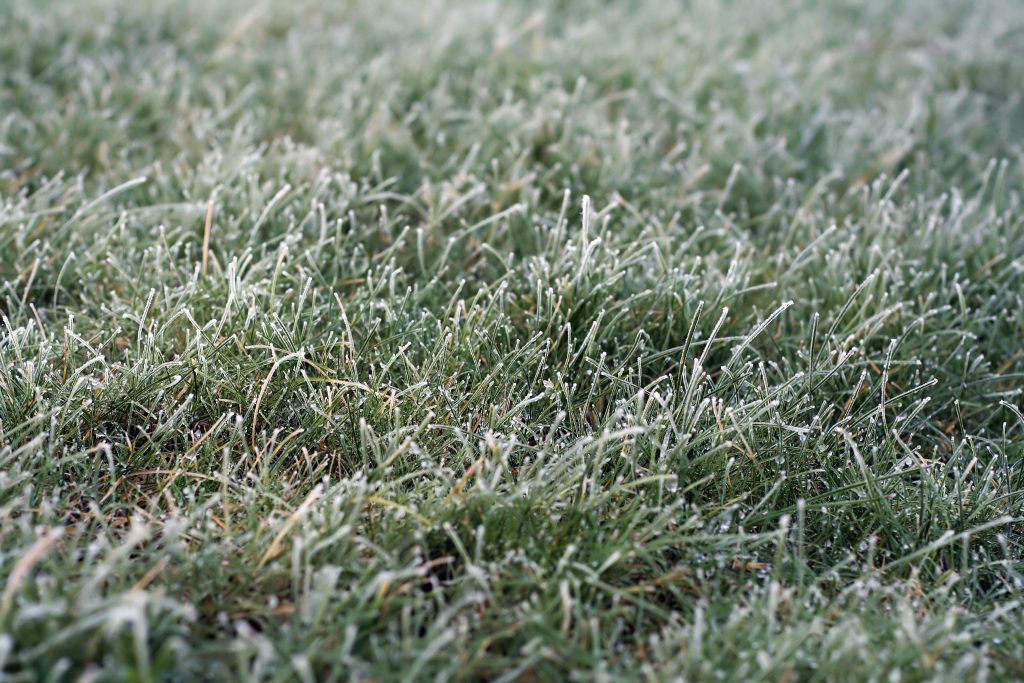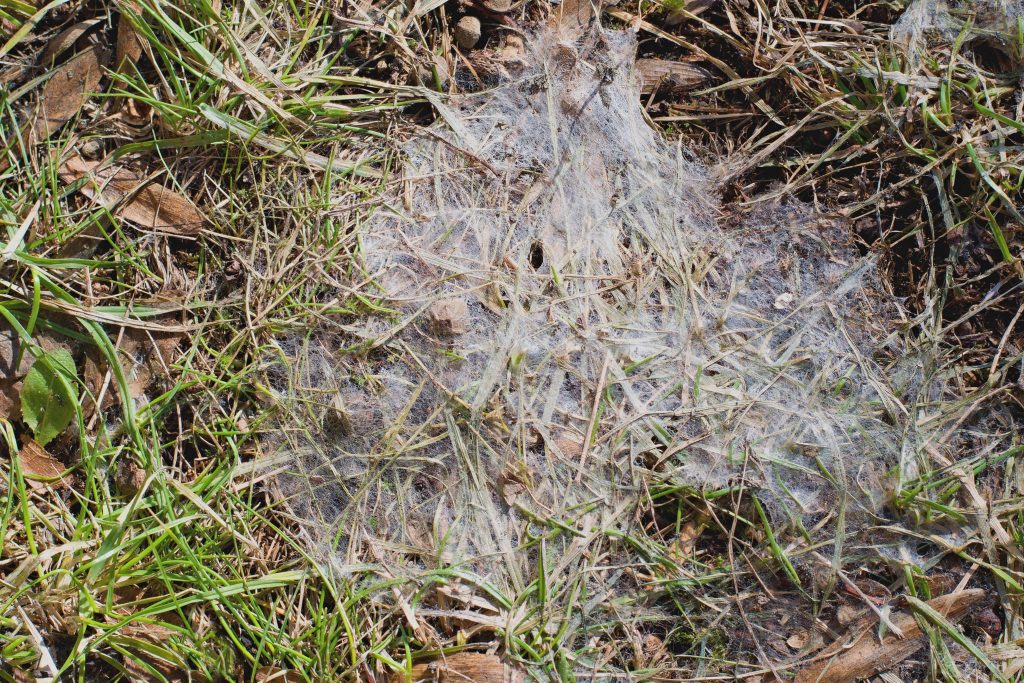Guide to Lawn Care in Winter
Winter may not seem like the most active time for your lawn, but what you do during these colder months can make a big difference come spring. Frost, snow, and low temperatures can take their toll, leaving grass looking tired and patchy — unless you take a few simple steps to protect it.
In this guide, we’ll cover how to care for your lawn during winter, from reducing wear and tear to managing moisture and preventing disease. Whether you’re maintaining a pristine lawn or just keeping things ticking over, a little winter care goes a long way in preserving the health and appearance of your grass all year round.
Preparing Your Lawn for Winter
How to Prepare Your Lawn for Winter
1. Give it a final mow (but not too short)
Before winter sets in, give your lawn one last cut. Lower the mower blades slightly for this final mow — but not too low, as cutting too short can stress the grass. Aim for a height of around 2.5 to 4 cm (about 1 to 1.5 inches). This helps prevent fungal growth while still giving the grass enough leaf surface to absorb sunlight.
2. Clear away leaves and debris
Fallen leaves, twigs, and other debris can smother your lawn and invite mould or disease. Rake them up regularly to keep the grass breathing and reduce the risk of pests and fungal problems.
3. Aerate the soil
If your lawn gets heavy foot traffic, the soil can become compacted. Aerating — by spiking the soil with a garden fork or using an aerator — improves drainage and allows air, water, and nutrients to reach the roots.
4. Feed with an autumn/winter lawn fertiliser
Use a specially formulated lawn fertiliser for autumn or winter. These blends are lower in nitrogen and higher in potassium and phosphorus, which help strengthen roots and improve resistance to frost and disease.
5. Repair bare patches
Before it gets too cold, patch up any bare or thinning areas with a lawn repair mix or turf. The earlier in autumn you do this, the better the chance it will establish before growth slows in winter.

What Not to Do in Winter
While prepping your lawn for winter is critical, it’s equally important to know what not to do. Here are a few practices to avoid:
1. Heavy Fertilisation
Refrain from heavy fertilisation in the autumn. Applying high-nitrogen fertilisers can stimulate tender, vulnerable growth that’s more susceptible to winter stress and diseases.
2. Over-Mowing
As winter approaches, adjust your mowing height to slightly higher than usual. Cutting grass too short can weaken it and leave it susceptible to cold temperatures and diseases.
3. Neglecting Soil Compaction
Don’t ignore soil compaction. Compacted soil restricts water and nutrient movement, leading to unhealthy grass. Consider aerating to alleviate compaction.
4. Ignoring Drainage Issues
Winter often brings heavy rains, and poor drainage can lead to waterlogged soil. Address any drainage issues to prevent water from pooling on your lawn.
5. Avoiding Pest and Weed Control
Just because it’s winter doesn’t mean pests and weeds disappear. Take preventive measures against winter weeds and pests to ensure they don’t establish themselves.
Protecting Your Lawn from Cold and Frost
Minimising Foot Traffic on Frozen Grass
Snow Mould Prevention and Treatment

Using Protective Covers for Sensitive Plants
Proper Irrigation in Cold Weather
Reducing Watering Frequency
Preventing Overwatering and Ice Buildup
While hydration is important, overwatering can lead to disaster. Excess water can freeze, creating a slippery skating rink on your lawn. It’s like providing an icy welcome mat for accidents.
To prevent overwatering, monitor the weather closely. If rain or snow is in the forecast, adjust your irrigation accordingly to avoid contributing to the problem.
Set the Stage for a Strong Spring
Taking the time to prepare your lawn for winter might feel like a quiet end to the gardening year, but it’s actually one of the most important steps in keeping your grass healthy. A little care now helps protect it from the harsh weather ahead and ensures it’s ready to bounce back when spring arrives.
By clearing debris, feeding the roots, and avoiding unnecessary stress on the lawn, you’re laying the groundwork for a lush, green revival in the months to come. So tuck your lawn in for the season — and enjoy the peace of mind that comes with knowing you’re one step ahead.
For out latest tips and steps to taking care of your lawn in spring view our most recent guide.
